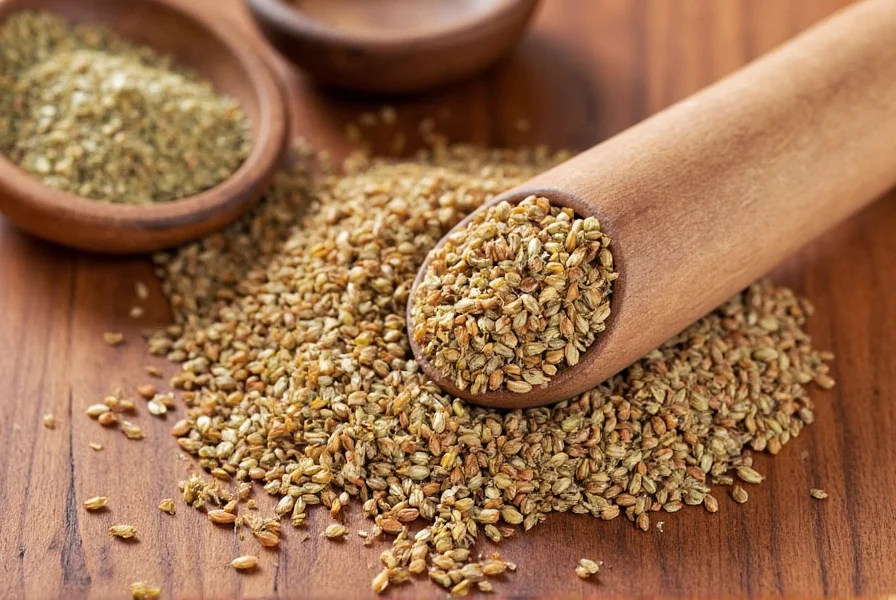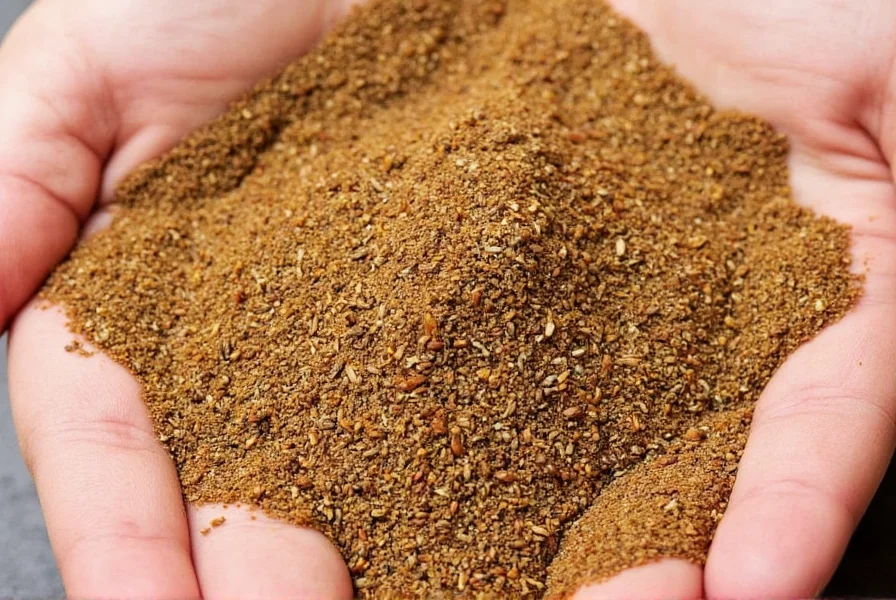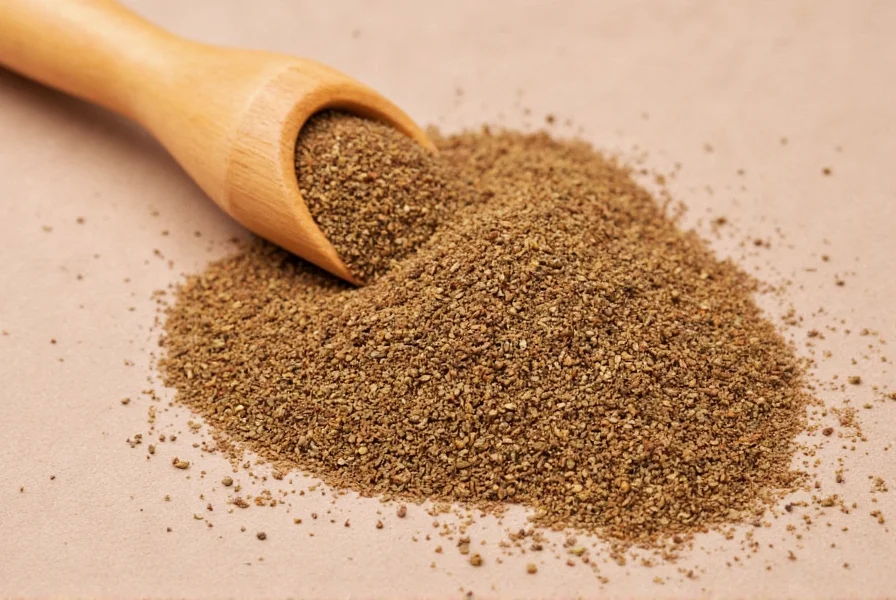Cumin, scientifically known as Cuminum cyminum, is one of the world's most widely used spices with a history spanning thousands of years. This aromatic seed comes from a flowering plant in the parsley family and features prominently in Middle Eastern, Indian, Mexican, and North African cuisines. Understanding how to properly incorporate cumin into your cooking unlocks complex flavors while providing potential health benefits.
Understanding Cumin's Flavor Profile
Cumin delivers a distinctive earthy, warm, and slightly citrusy flavor with subtle bitter notes. When properly toasted, it develops nutty undertones that enhance savory dishes. The intensity varies between whole seeds and ground cumin, with whole seeds offering more complex flavor that lasts longer when stored correctly.

How to Use Cumin in Cooking: Practical Techniques
Maximize cumin's potential with these professional cooking techniques:
| Method | Best For | Usage Tip |
|---|---|---|
| Dry Toasting | Whole seeds | Heat in dry pan 2-3 minutes until fragrant; cool before grinding |
| Bloom in Oil | Ground cumin | Add to hot oil for 30 seconds before other ingredients |
| Finishing Touch | Delicate dishes | Sprinkle ground cumin at end of cooking for brighter flavor |
Perfect Food Pairings for Cumin
Cumin complements specific ingredients that enhance its earthy profile without overwhelming the dish:
- Proteins: Lamb, chicken thighs, black beans, chickpeas, and lentils
- Vegetables: Sweet potatoes, carrots, eggplant, and tomatoes
- Spice Combinations: Coriander, turmeric, paprika, and chili powder
- Liquids: Coconut milk, tomato sauce, and bone broths
For beginners exploring how to use cumin in cooking, start with classic dishes like chili, hummus, or Indian dal where cumin plays a supporting but essential role.
Evidence-Based Health Benefits of Eating Cumin
Research suggests several potential health benefits associated with regular cumin consumption:
- Digestive support: Cumin may stimulate digestive enzymes and reduce bloating
- Antioxidant properties: Contains compounds that combat oxidative stress
- Blood sugar management: Some studies show improved insulin sensitivity
- Iron source: One teaspoon provides approximately 1.4mg of dietary iron
These health benefits of eating cumin make it more than just a flavor enhancer, though culinary use alone won't provide therapeutic doses. Always consult healthcare providers for medical concerns rather than relying on dietary changes alone.
Common Misconceptions About Cumin Usage
Many home cooks encounter these frequent cumin misunderstandings:
- Misconception: Cumin and caraway are interchangeable
Reality: While visually similar, they have distinct flavor profiles and shouldn't be substituted directly - Misconception: More cumin always means better flavor
Reality: Excessive cumin creates bitterness; balance is key in cumin spice pairing suggestions - Misconception: Ground cumin lasts as long as whole seeds
Reality: Ground cumin loses potency in 3-6 months, while whole seeds remain flavorful for 1-2 years

Storage Tips for Maximum Flavor Preservation
Preserve cumin's aromatic compounds with proper storage:
- Store whole seeds in airtight glass containers away from light and heat
- Keep ground cumin in the refrigerator to extend freshness
- Freeze excess cumin in vacuum-sealed bags for long-term storage
- Check freshness by rubbing a small amount between fingers—fresh cumin releases strong aroma
Proper storage ensures your cumin cooking tips for beginners yield the best possible results in every dish.
Conclusion: Mastering Cumin in Your Kitchen
Cumin's versatility makes it indispensable in kitchens worldwide. By understanding proper usage techniques, ideal food combinations, and storage methods, you can elevate everyday meals with this ancient spice. Whether you're exploring what foods go well with cumin or seeking to perfect your spice blends, thoughtful application of cumin transforms simple ingredients into complex, satisfying dishes. Start with small amounts, experiment with toasting methods, and discover why this humble seed has remained a culinary staple across cultures for millennia.
Frequently Asked Questions
Can you eat cumin raw?
Yes, you can eat cumin raw, but toasting whole seeds or blooming ground cumin in oil significantly enhances its flavor profile. Raw cumin has a more intense, slightly bitter taste that benefits from heat activation, which releases its essential oils and creates more complex flavor compounds.
What happens if you use too much cumin in a dish?
Excessive cumin creates overpowering bitterness that dominates other flavors. If you've added too much, balance the dish with acid (lemon juice or vinegar), sweetness (a pinch of sugar), or additional ingredients to dilute the cumin's presence. For future reference, start with 1/4 teaspoon of ground cumin per serving and adjust gradually.
Which cuisines use cumin most prominently?
Cumin features prominently in Indian, Middle Eastern, Mexican, North African, and Spanish cuisines. It's essential in Indian curries and garam masala, Mexican chili powders and adobos, Middle Eastern falafel and hummus, and North African tagines. Each region uses cumin in distinctive ways that reflect local flavor preferences and cooking traditions.
How does cumin compare to other common spices in flavor intensity?
Cumin has moderate intensity—stronger than mild spices like coriander but less potent than assertive spices like cloves or star anise. Its earthy flavor builds gradually during cooking, unlike volatile spices such as basil or cilantro that lose potency with heat. When creating cumin spice pairing suggestions, balance it with complementary spices rather than competing strong flavors.











 浙公网安备
33010002000092号
浙公网安备
33010002000092号 浙B2-20120091-4
浙B2-20120091-4